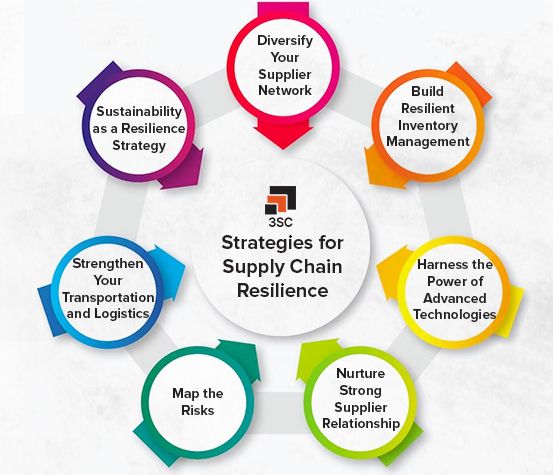Best Practices for Safe and Efficient Freight Handling
Freight handling is a critical part of the supply chain process. Ensuring that your freight is handled safely and efficiently not only protects your goods from damage but also safeguards the well-being of your employees and customers. By following best practices for safe and efficient freight handling, you can reduce the risk of accidents, injuries, and delays in the transportation of goods.
Proper Training and Equipment
One of the most important aspects of safe freight handling is proper training for employees. Make sure that all workers involved in handling freight are trained in the correct procedures and techniques for lifting, moving, and securing goods. In addition, provide them with the necessary equipment, such as pallet jacks, forklifts, and safety gear, to safely and efficiently handle freight without risk of injury.
Effective Communication
Communication is key when it comes to safe and efficient freight handling. Make sure that all team members involved in the transportation process are on the same page regarding the handling procedures, schedule, and any special requirements for the freight. Use tools like communication apps or radios to stay in touch with your team members and coordinate the handling of freight effectively.
Proper Packaging
Proper packaging is essential for ensuring that your freight arrives at its destination safely. Make sure that all goods are securely packaged and labeled according to industry standards. Use appropriate packaging materials, such as bubble wrap, packing peanuts, and shrink wrap, to protect fragile or valuable items from damage during transportation.
Efficient Loading and Unloading
Efficient loading and unloading practices can help speed up the transportation process and reduce the risk of damage to your goods. Make sure that all freight is loaded and unloaded carefully, using proper lifting techniques and equipment. Have a clear plan for organizing the cargo on trucks or containers to maximize space and minimize the risk of shifting during transit.
Regular Inspections
Regular inspections of your freight handling equipment and facilities are crucial for maintaining safe and efficient operations. Make sure that all equipment, such as forklifts and pallet jacks, are maintained and serviced regularly to prevent malfunctions and accidents. Inspect your facilities for any hazards, such as uneven flooring or poor lighting, that could pose a risk to workers or goods.
Continuous Improvement
Continuous improvement is key to optimizing your freight handling processes. Encourage feedback from your employees on ways to improve safety and efficiency in handling freight. Implement new technologies, such as warehouse management systems or tracking software, to streamline operations and reduce the risk of errors or delays in transportation.
Conclusion
By following these best practices for safe and efficient freight handling, you can protect your goods, employees, and customers from harm while maximizing the speed and reliability of your transportation operations. Investing in proper training, equipment, communication, packaging, loading and unloading practices, inspections, and continuous improvement will pay off in the long run with smoother, more efficient freight handling processes.


